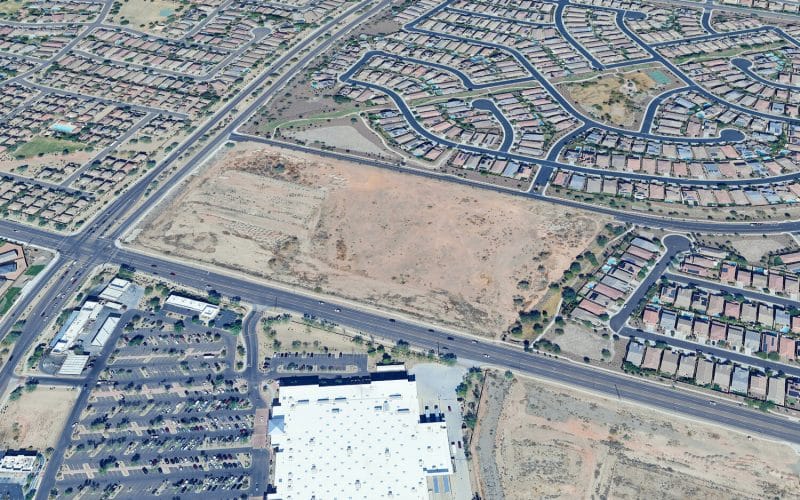By David Roberts | grist
The conflict between electric utilities and distributed energy — mainly rooftop solar panels — is heating up. It’s heating up so much that people are writing about electric utility regulation, the most tedious, inscrutable subject this side of corporate tax law. The popular scrutiny is long overdue. So buckle up. We’re getting into it.
 I wrote about the fight a while back — “solar panels could destroy U.S. utilities, according to U.S. utilities ” — but it’s worth taking a closer look at what’s under dispute. Some bits are unavoidably wonky and technical, but it’s important to understand exactly what’s happening. This is a pivotal issue, a trial run for many such struggles to come.
I wrote about the fight a while back — “solar panels could destroy U.S. utilities, according to U.S. utilities ” — but it’s worth taking a closer look at what’s under dispute. Some bits are unavoidably wonky and technical, but it’s important to understand exactly what’s happening. This is a pivotal issue, a trial run for many such struggles to come.
There’s a short-term problem and a long-term problem. The former is about how electricity rates are structured, specifically how utilities compensate (or don’t) customers who generate power with rooftop solar PV panels. The latter is about developing an entirely new business model for utilities, one that aligns their financial interests with the spread of distributed energy. The danger is that fighting over the former could delay solving the latter.
Today, let’s dig into the fight at hand. It’s about utility rates, specifically “net metering,” yet another nerdy green term no one understands. I will endeavor to make clear what it is and why the fight over it is so damn interesting and exciting. Exciting, I tell you! Wake up!
Also: US Solar 2013 Halftime Update: Victories and Ongoing Initiatives








